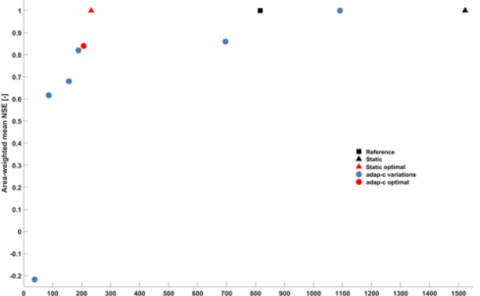Manipulating Rotational Perception in Virtual Reality
PubDate: November 2021
Teams: University of Nottingham
Writers: Jude Afana; Joe Marshall; Paul Tennent
PDF: Manipulating Rotational Perception in Virtual Reality

Abstract
People get disoriented and detached from the real world when immersed in a virtual environment; this makes them lose track of rotation in the real world. This paper studies people’s ability to maintain perception of spatial orientation in the real environment while engaged in a virtual experience and explores how visual cues affect the results. Twelve participants performed targeting tasks with rotations, followed by pointing in a known direction to observe the error in perception of real world orientation. Error was measured in three VR environments: visual cues consistent with real world rotation; visual cues slowly changing to become inconsistent with real world; no rotational visual cues. We found that visual cues are essential for people to perceive real-world orientation and removing cues results in drastic disorientation. Moreover, altering visual cues deliberately can be used to control people’s orientation perception to disorientate people in the direction we desire; in our experiment participants did not notice this manipulation. Manipulation of the presentation of visual cues may allow designers to control, correct and manipulate people’s cognitive representation of their orientation and position not only in the virtual world, but also in the real world, be it for in-place redirection or “redirected standing”, or corrective redirection for safety.

